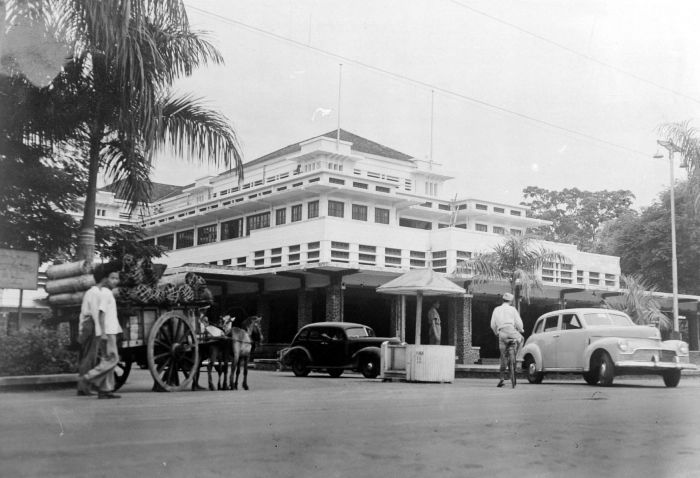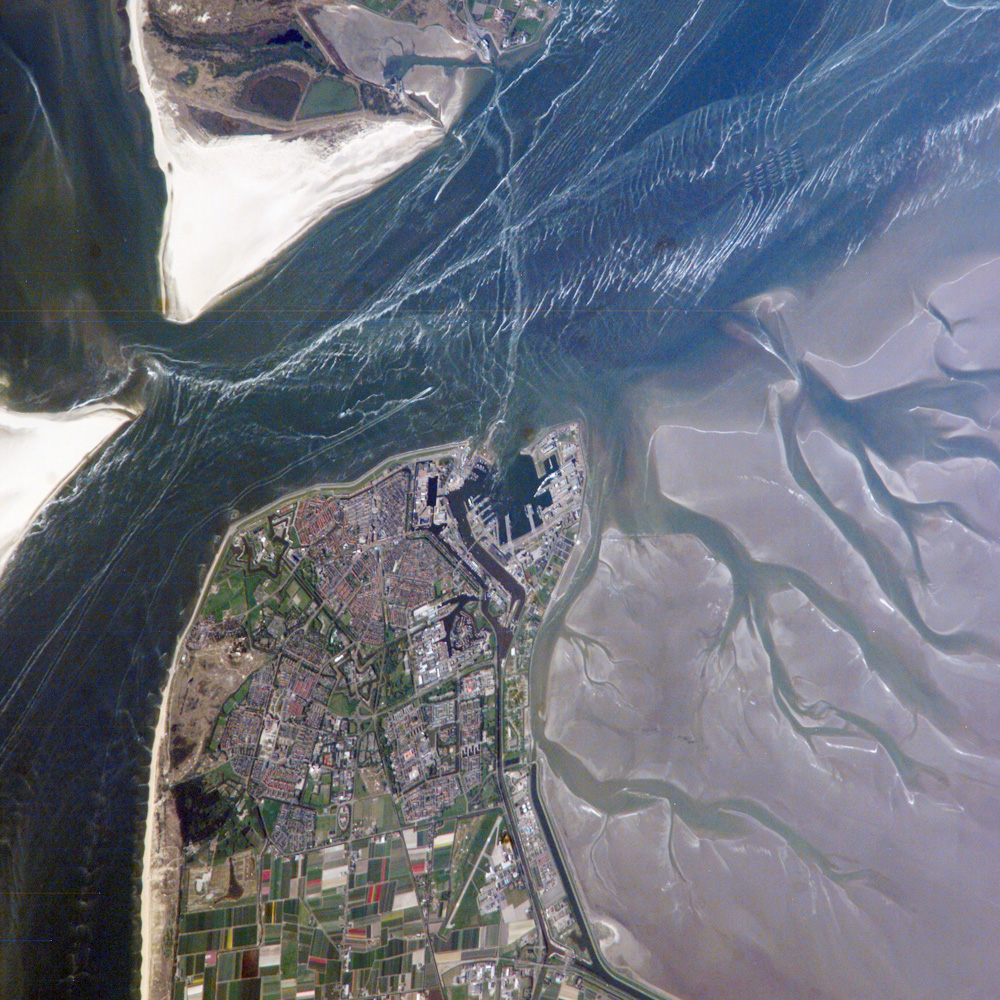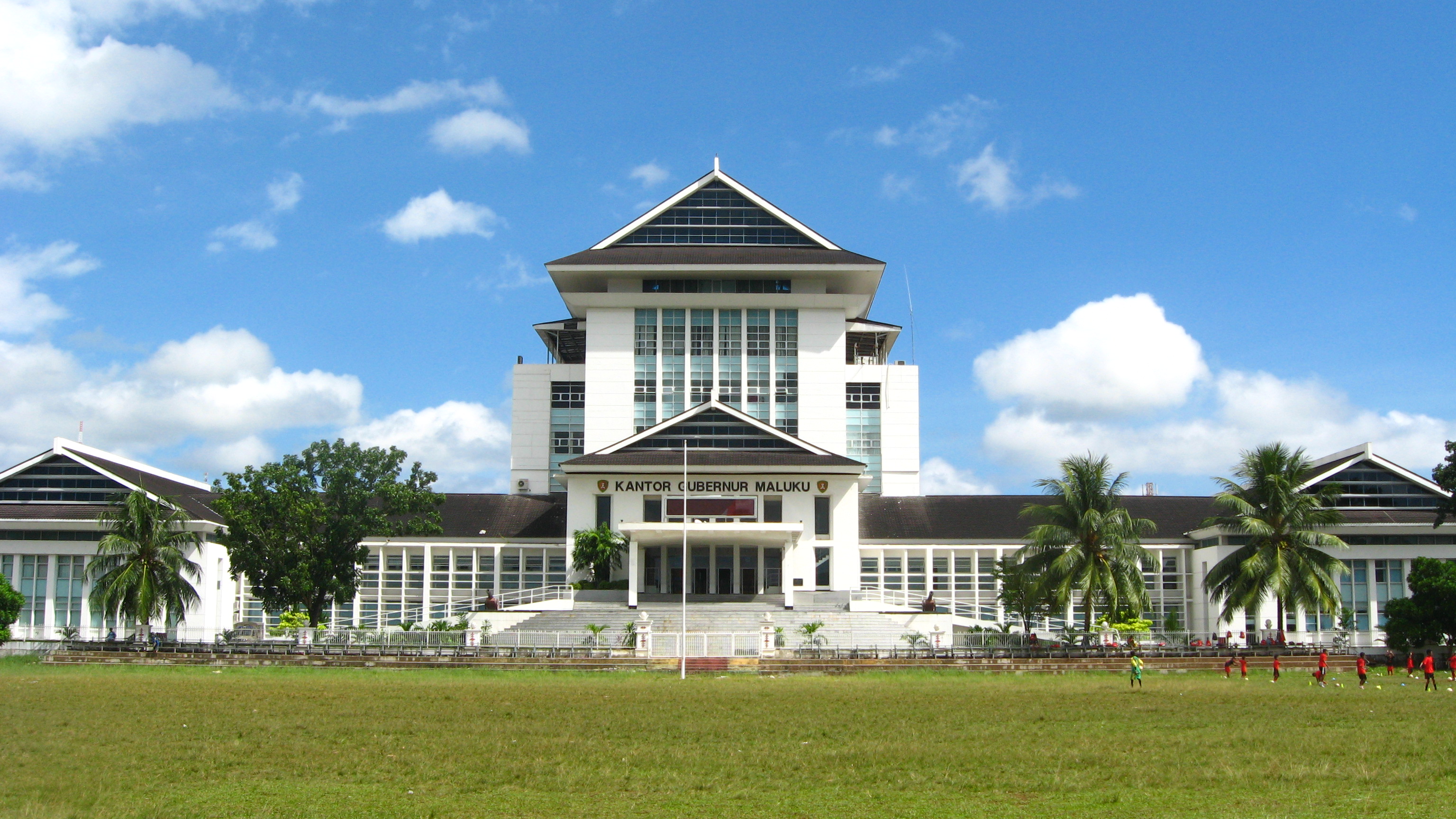|
Louis Couperus
Louis Marie-Anne Couperus (10 June 1863 – 16 July 1923) was a Dutch novelist and poet. His oeuvre contains a wide variety of genres: lyric poetry, psychological fiction, psychological and historical fiction, historical novels, novellas, short stories, fairy tales, feuilletons and sketch story, sketches. Couperus is considered to be one of the foremost figures in Dutch literature. In 1923, he was awarded the ''Tollensprijs'' (Tollens Prize). Couperus and his wife travelled extensively in Europe and Asia, and he later wrote several related Travel literature, travelogues which were published weekly. Youth Louis Marie-Anne Couperus was born on 10 June 1863 at Mauritskade 11 in The Hague, Netherlands, into a long-established, ''Indo people, Indo'' family of the colonial landed gentry of the Dutch East Indies. He was the eleventh and youngest child of John Ricus Couperus (1816–1902), a prominent colonial administrator, lawyer and ''landheer'' or lord of the private domain (''Par ... [...More Info...] [...Related Items...] OR: [Wikipedia] [Google] [Baidu] |
The Hague
The Hague ( ) is the capital city of the South Holland province of the Netherlands. With a population of over half a million, it is the third-largest city in the Netherlands. Situated on the west coast facing the North Sea, The Hague is the country's administrative centre and its seat of government, and has been described as the country's ''de facto'' capital since the time of the Dutch Republic, while Amsterdam is the official capital of the Netherlands. The Hague is the core municipality of the COROP, Greater The Hague urban area containing over 800,000 residents, and is also part of the Rotterdam–The Hague metropolitan area, which, with a population of approximately 2.6 million, is the largest metropolitan area of the Netherlands. The city is also part of the Randstad region, one of the largest conurbations in Europe. The Hague is the seat of the Cabinet of the Netherlands, Cabinet, the States General of the Netherlands, States General, the Supreme Court of the Neth ... [...More Info...] [...Related Items...] OR: [Wikipedia] [Google] [Baidu] |
Particuliere Landerijen
The ''particuliere landerijen'' or ''particuliere landen'' (Dutch for 'private domains'; singular ''particuliere landerij'' or ''particuliere land''), also called ''tanah partikelir'' in Indonesian, were landed domains in a feudal system of land tenure used in parts of the Java). Dutch jurists described these domains as ‘sovereign’ and of comparable legal status to indirectly ruled ''Vorstenlanden'' rincely statesin the Indies subject to the Dutch Crown. The lord of such a domain was called a '' Landheer'' utch for 'landlord' and by law possessed ''landsheerlijke rechten'' or ''hak-hak ketuanan'' eigniorial jurisdictionover the inhabitants of his domain — jurisdiction exercised elsewhere by the central government. History The Dutch East India Company, which claimed to have succeeded to the rights of the ancient kings of Java, created and sold the earliest particuliere landen for the company's high-ranking officials, compradors and allies between the 1620s and its bank ... [...More Info...] [...Related Items...] OR: [Wikipedia] [Google] [Baidu] |
Peritonitis
Peritonitis is inflammation of the localized or generalized peritoneum, the lining of the inner wall of the abdomen and covering of the abdominal organs. Symptoms may include severe pain, swelling of the abdomen, fever, or weight loss. One part or the entire abdomen may be tender. Complications may include shock and acute respiratory distress syndrome. Causes include perforation of the intestinal tract, pancreatitis, pelvic inflammatory disease, stomach ulcer, cirrhosis, a ruptured appendix or even a perforated gallbladder. Risk factors include ascites (the abnormal build-up of fluid in the abdomen) and peritoneal dialysis. Diagnosis is generally based on examination, blood tests, and medical imaging. Treatment often includes antibiotics, intravenous fluids, pain medication, and surgery. Other measures may include a nasogastric tube or blood transfusion. Without treatment death may occur within a few days. About 20% of people with cirrhosis who are hospitalized ha ... [...More Info...] [...Related Items...] OR: [Wikipedia] [Google] [Baidu] |
Hotel Des Indes (Batavia)
Hotel des Indes was one of the oldest and most prestigious hotels in Asia. Located in Batavia, Dutch East Indies, the hotel had accommodated countless famous patrons throughout its existence from 1829 to 1971. Before being named Hotel des Indes, a name suggested by the writer Multatuli, it was named "Hotel de Provence" by its first French owner, and for a short spell went by the name "Hotel Rotterdam". After Indonesian independence it was renamed "Hotel Duta Indonesia", until it was demolished to make way for a shopping mall. Background The city of Batavia was founded by the Dutch East India Company (VOC) and became the main Dutch settlement in South East Asia. In 1747, the Dutch already started to build on the land where later the hotel would be built. In 1760, the site was bought by the VOC Governor General Reynier de Klerck. In 1824, the land was bought by the Dutch East Indies government. In 1828, a boarding school for girls was constructed. However the boarding school was ... [...More Info...] [...Related Items...] OR: [Wikipedia] [Google] [Baidu] |
History Of Jakarta
Jakarta is Indonesia's capital and largest city. Located on an estuary of the Ciliwung River, on the northwestern part of Java, the area has long sustained human settlement. Historical evidence from Jakarta dates back to the 4th century CE, when it was a Hindu settlement and port. The city has been sequentially claimed by the Indianized kingdom of Tarumanagara, the Hindu Sunda Kingdom, the Muslim Banten Sultanate, and by Dutch, Japanese, and Indonesian administrations. The Dutch East Indies built up the area, before it was taken during World War II by the Empire of Japan and finally became independent as part of Indonesia. Jakarta has been known by several names. It was called Sunda Kelapa during the Sunda Kingdom period and Jayakarta, Djajakarta, or Jacatra during the short period of the Banten Sultanate. Thereafter, Jakarta evolved in three stages. The "Old Batavia, old city," close to the sea in the north, developed between 1619 and 1799 during the era of the Dutch East India ... [...More Info...] [...Related Items...] OR: [Wikipedia] [Google] [Baidu] |
Steamboat
A steamboat is a boat that is marine propulsion, propelled primarily by marine steam engine, steam power, typically driving propellers or Paddle steamer, paddlewheels. The term ''steamboat'' is used to refer to small steam-powered vessels working on lakes, rivers, and in short-sea shipping. The development of the steamboat led to the larger steamship, which is a seaworthy and often ocean-going ship. Steamboats sometimes use the ship prefix, prefix designation SS, S.S. or S/S (for 'Screw Steamer') or PS (for 'Paddle Steamer'); however, these designations are most often used for steamships. Background Limitations of the Newcomen steam engine The first steamboat designs used Newcomen atmospheric engine, Newcomen steam engines. These engines were large, heavy, and produced little power, which resulted in an unfavorable power-to-weight ratio. The heavy weight of the Newcomen engine required a structurally strong boat, and the reciprocating motion of the engine beam required a compli ... [...More Info...] [...Related Items...] OR: [Wikipedia] [Google] [Baidu] |
Den Helder
Den Helder () is a municipality and a city in the Netherlands, in the province of North Holland. Den Helder occupies the northernmost point of the North Holland peninsula. It is home to the country's main naval base. From here the Royal TESO ferryboat service operates the transportation link between Den Helder and the nearby Dutch Wadden island of Texel to the north. Etymology Before the year 1928, the official name of Den Helder was Helder. The origin of the name Helder is not entirely clear. The name Helder may have come from ''Helle/Helde'', which means "hill" or "hilly grounds", or from ''Helre'', which means a sandy ridge. Another explanation is that the name derived from ''Helsdeur'' (Hell's Door), likely because in the water between Den Helder and Texel (called Marsdiep) the current was so strong that many ships were lost. History Huisduinen was the original older part of the city, whereas Helder itself was a nearby smaller hamlet. When a harbour was built near Hel ... [...More Info...] [...Related Items...] OR: [Wikipedia] [Google] [Baidu] |
Henri Van Booven
Hendrik Cornelis Alexander (Henri) van Booven (17 July 1877 in Haarlem – 31 January 1964 in The Hague) was a Dutch writer and journalist. His most successful work was the novel ''Tropenwee'' (''Tropical agony'', 1904), a thinly veiled autobiographical literary report of a mission to Congo in 1898, somewhat similar to ''Heart of Darkness''. Friend of the symbolist artist Karel de Nerée tot Babberich and the writer Louis Couperus, whose biography he would write (''Leven en werken van Louis Couperus'', 1933), he was also an important sportsman, especially in rugby, cricket, and hockey ''Hockey'' is a family of List of stick sports, stick sports where two opposing teams use hockey sticks to propel a ball or disk into a goal. There are many types of hockey, and the individual sports vary in rules, numbers of players, apparel, .... Works (selection) * Witte Nachten (1901) ('White Nights') * Tropenwee (1904) * Van de Vereering des Levens (1906) * Sproken (1907) * De Fraaie ... [...More Info...] [...Related Items...] OR: [Wikipedia] [Google] [Baidu] |
Walloon Church
A Walloon church (French: ''Église Wallonne''; Dutch: ''Waalse kerk'') describes any Calvinist church in the Netherlands and its former colonies whose members originally came from the Southern Netherlands (what is now Belgium) and northern France and whose native language is French. Members of these churches belong to the Walloon Reformed Church (French: ''Réformé wallon''; Dutch: ''Waals Hervormd'' or, prior to 1815, ''Waals Gereformeerd''), a denomination of the long-distinguished Dutch-speaking Dutch Reformed Church. Many refugee Huguenots in their exile, joined to already existing Walloon churches — French language, Calvinism, and flight from persecution in a roughly common geography, being common factors to both Huguenot and Walloon refugee communities. See also * Walloons * Walloon Church, Amsterdam * Nieuwe Waalse Kerk * St Agnes Convent, Arnhem * Huguenots * Protestantism in Belgium External links * FamilySearch FamilySearch is a nonprofit organiz ... [...More Info...] [...Related Items...] OR: [Wikipedia] [Google] [Baidu] |
Eurasian
Eurasia ( , ) is a continental area on Earth, comprising all of Europe and Asia. According to some geographers, physiographically, Eurasia is a single supercontinent. The concept of Europe and Asia as distinct continents dates back to antiquity, but their borders have historically been subject to change. For example, the ancient Greeks originally included Africa in Asia but classified Europe as separate land. Eurasia is connected to Africa at the Suez Canal, and the two are sometimes combined to describe the largest contiguous landmass on Earth, Afro-Eurasia. History Eurasia has been the host of many ancient civilizations, including those based in Mesopotamia, Egypt, the Indus Valley and China. In the Axial Age (mid- first millennium BCE), a continuous belt of civilizations stretched through the Eurasian subtropical zone from the Atlantic to the Pacific. This belt became the mainstream of world history for two millennia. New connections emerged between the subregions of ... [...More Info...] [...Related Items...] OR: [Wikipedia] [Google] [Baidu] |
Ambon, Maluku
Ambon (formerly ) is the capital and largest city of the Indonesian Provinces of Indonesia, province of Maluku (province), Maluku. This city is also known as , which means "beautiful" or "pretty" Ambon in the Ambonese language. It covers a land area of , and had a population of 331,254 at the 2010 CensusBiro Pusat Statistik, Jakarta, 2011. and 347,288 at the 2020 Census;Badan Pusat Statistik, Jakarta, 2021. the official estimate as at mid 2023 was 354,052.Badan Pusat Statistik, Jakarta, 28 February 2024, ''Kota Ambon Dalam Angka 2024'' (Katalog-BPS 1102001.8171) The city is divided into five administrative districts () – namely Nusaniwe, Sirimau, Teluk Ambon (Ambon Bay), Baguala (officially Teluk Ambon Baguala) and Leitimur Selatan (South Leitimur). Known as Music of Indonesia, Indonesia's music city, Ambon became the first city in Southeast Asia to be recognised as the UNESCO City of Music in 2019. The city is populated by a mix of ethnic Alifuru people, Alifuru (original Mo ... [...More Info...] [...Related Items...] OR: [Wikipedia] [Google] [Baidu] |
Willem Jacob Cranssen
Willem () is a Dutch and West FrisianRienk de Haan, ''Fryske Foarnammen'', Leeuwarden, 2002 (Friese Pers Boekerij), , p. 158. masculine given name. The name is Germanic, and can be seen as the Dutch equivalent of the name William in English, Guillaume in French, Guilherme in Portuguese, Guillermo in Spanish and Wilhelm in German. Nicknames that are derived from Willem are Jelle, Pim, Willie, Willy and Wim. Given name * Willem I (1772–1843), King of the Netherlands * Willem II (1792–1849), King of the Netherlands * Willem III (1817–1890), King of the Netherlands * Willem of the Netherlands (1840–1879), Dutch prince *Willem-Alexander (b. 1967), King of the Netherlands *Willem Aantjes (1923–2015), Dutch politician *Willem Adelaar (b. 1948), Dutch linguist *Willem Andriessen (1887–1964), Dutch pianist and composer *Willem Arondeus (1894–1943), Dutch artist and author, WWII Resistance member *Willem Barentsz (ca. 1550–1597), Dutch navigator and explorer *Willem Vict ... [...More Info...] [...Related Items...] OR: [Wikipedia] [Google] [Baidu] |







